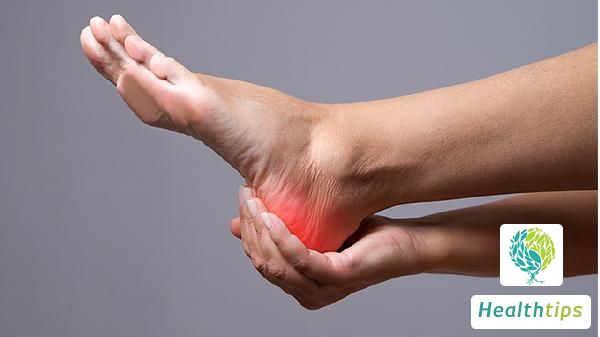What Medication is Best for Treating Vaginal Relaxation?
The vagina is a crucial reproductive organ for women. Menstrual blood needs to be expelled through the vagina, and babies are born through the vagina during childbirth. Additionally, the vagina serves as the organ for sexual intercourse. Vaginal relaxation can significantly impact sexual quality of life and predispose women to gynecological disorders. Multiple pregnancies, abortions, and frailty are common causes of vaginal relaxation, which can have significant consequences for women. However, there are methods to address this issue.

Firstly, it is important to note that there is no pharmacological treatment for vaginal relaxation. If vaginal relaxation leads to changes in bowel or urinary habits or affects sexual life, surgical intervention may be necessary. Surgical treatment involves removing excess vaginal wall and mucosa, followed by suturing and repair to tighten the vagina, restoring its normal structure prior to childbirth.
Secondly, here are some non-surgical options to manage vaginal relaxation:
2.1 Adjusting sexual positions: Women can adopt positions where they are on the bottom, with their legs flat or raised over their partner's shoulders. This can help create a tighter feeling.
2.2 Performing Kegel exercises: Regularly performing pelvic floor muscle contractions, such as Kegel exercises, can effectively tighten the vagina. Kegel exercises involve contracting the pelvic floor muscles while trying to hold in urine or stool. Regular practice can strengthen the pelvic floor muscles.
2.3 Bed exercises: Lie on a bed with your hips near the edge, legs straight and suspended in the air. Hold the edges of the bed to prevent slipping. Slowly raise your legs towards your torso, keeping your knees straight. Hold for a few seconds and then slowly lower your legs back to the starting position. Repeat this exercise six times, for 10-15 minutes, once a day.
2.4 Standing exercises: Stand with your legs slightly apart. Contract the muscles of your buttocks, squeezing them together and towards your thighs. Rotate your knees outwards and contract your anal sphincter muscles, lifting the vagina upwards. Repeat this exercise regularly.
In conclusion, while vaginal relaxation can be a concern for women, there are various methods to address it. Surgical intervention may be necessary in severe cases, but non-surgical options such as adjusting sexual positions, performing Kegel exercises, and performing bed and standing exercises can also be effective. It is important to consult with a healthcare provider to determine the best approach for individual cases.



















